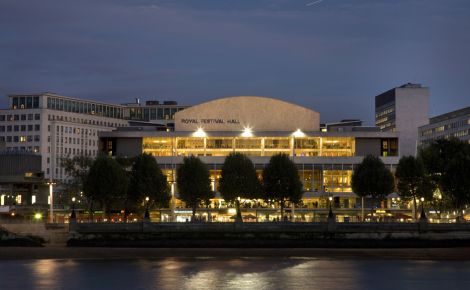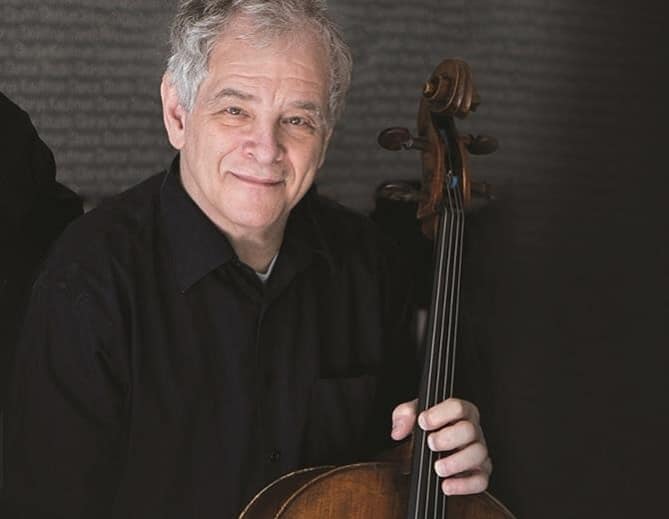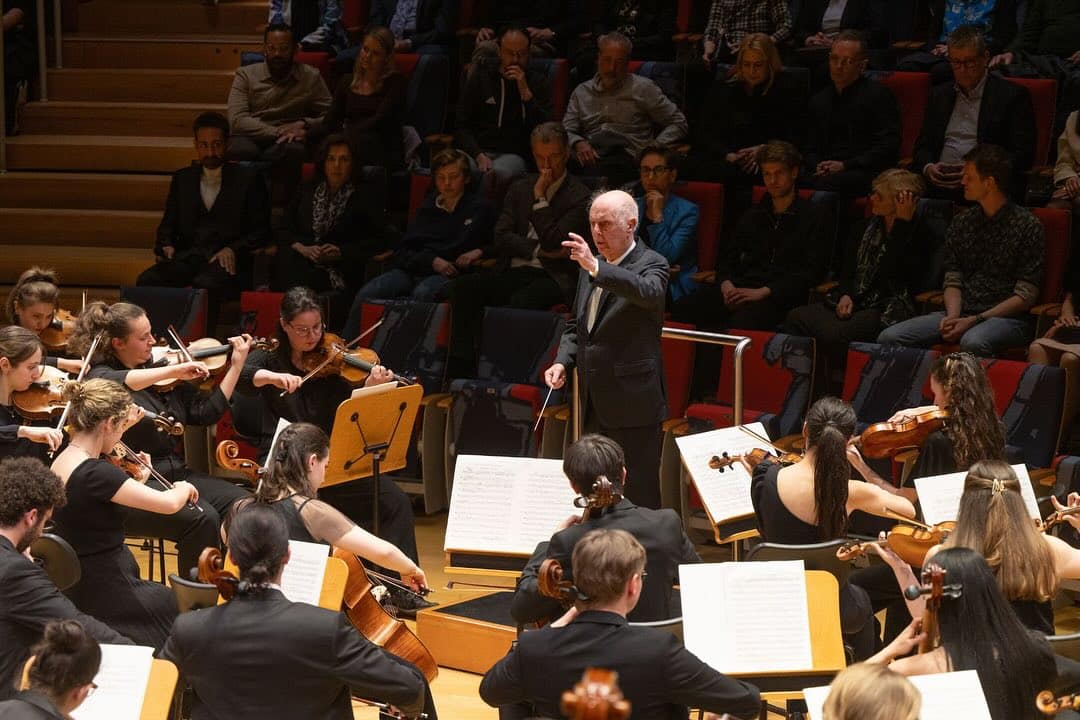Why London’s South Bank needs to go bust
mainI have written a blast in the Spectator today on the loveless arts centre that is the country’s biggest arts drain. Now begging the Government for rescue, it really needs to be allowed to sink. Here’s the kick-off:
I must have written about this subject 100 times in 30 years and I’m still having to restate the bloody obvious. London’s South Bank Centre, which has just gone bleating to the government for more money, is the biggest subsidy guzzler in the country and the despair of the rest of British arts.
The South Bank receives £19 million a year from the Arts Council, on top of the many millions that go to each of the so-called ‘resident ensembles’ that perform within it. What it does with the money is anyone’s guess because, as far as the eye can see and the nostrils can smell, the South Bank is now a fast-food mall with an occasional classical concert buried within it. How did it get so bad?…
Read on here.






Comments